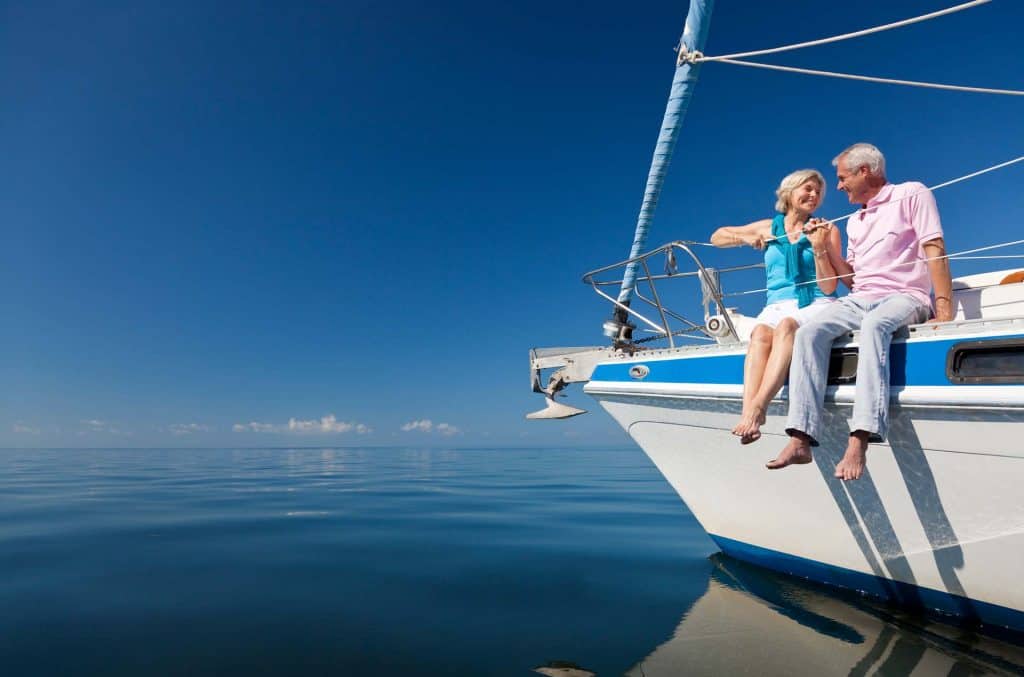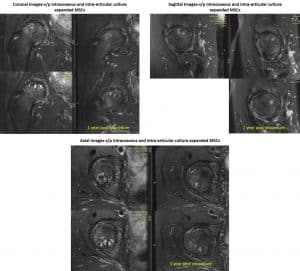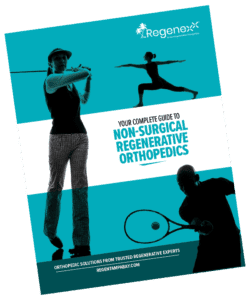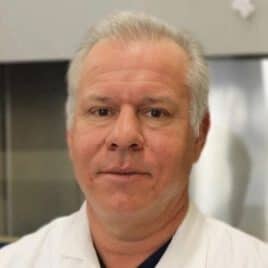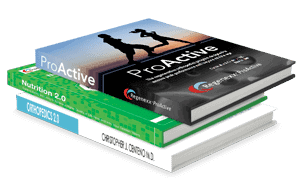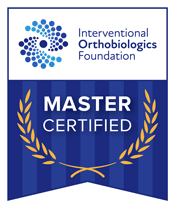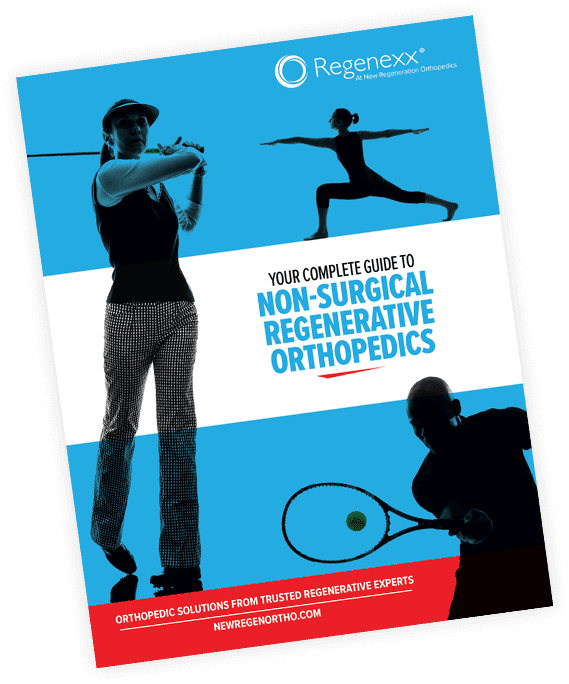Once every four months, I travel down to our licensed, Grand Cayman advanced healing agents practice site. Today I saw a patient with amazing results in her hip. I also communicated with a patient who was confused as to how to measure the quality of a procedure. That launched the mantra above: “What+Where+How.” Let me explain.
Why Do I Travel Down to Grand Cayman?
The Grand Cayman site is permitted to culture a patient’s own cells to bigger numbers. This affords us several things we can’t do in the U.S. These are the following:
- Much higher cell dose
- Injections in many areas
- The ability to save cells in cryo for future use
- Specific conditioning protocols in culture that can tailor a therapy for a specific clinical need
The video below explains some of these differences as well:
As far as much higher cell dose, since the cells are expanded in number in culture, we can generally inject at least 100X more cells. The good news is that for the vast majority of patient conditions, this isn’t needed. However, for severe hip arthritis, disc bulges pressing on nerves, and a few other issues, having more cells is helpful.
In addition, having more cells allows many, many areas to be treated at once. For example, we can place one to two million mesenchymal cells in platelet-rich plasma and treat many tendons with pain. At that dose, we’re still at much higher levels of healing cells than same-day, bone marrow concentrate. We can also treat multiple joints at once. So if a patient comes to us with 6–7 areas to treat that need cells, the Caymans is a good option.
In Grand Cayman, we can also save cells for future use. We do this with several NFL athletes who can store cells at their younger biologic age and then use them later in their careers. It also allows a patient to undergo a single bone marrow aspirate and then to be seen many times for multiple different issues with cells “in the bank.”
Regenexx Cayman Laboratory Walk-Through
Finally, we can deploy specific conditioning protocols in culture to tailor cells to a specific therapy. For example, using culture conditions that mimic the harsh conditions in a degenerative disc or adding in adjuvants to push stem cells toward cartilage. In summary, the cells can be customized for a specific clinical purpose.
The Amazing Cayman Result
I saw a patient with severe hip arthritis today, and her post-injection MRI floored me. We have been slowly closing in on how to best treat these patients over the last few years. While patients with mild to moderate hip arthritis have always done well, severe hip arthritis almost seems like a different disease. One of the differences between severe hip and knee arthritis is the frequent involvement of the bone.
A few years ago, we began to add in certain elements to our procedure of severe hip arthritis that seemed to improve outcome. One of those keys to successful procedure was aggressively treating the bone with precise fluoro-guided cell injections. However, we believed that this was only possible in patients who had MRI evidence of bone marrow lesions (see the video above for more info on these lesions), but that if they had cysts (which represent dead bone) no amount of procedure would help the bone regenerate. That changed today.
This patient’s MRI is above. The cysts are the white circular or oval areas in the otherwise dark bones in the “before” images on the left. I have included the coronal (front view), sagittal (side view), and axial (top view) images. One year after I precisely injected the cysts, the right images show fewer, smaller, filled in, or disappeared cysts. I have never seen this before in 13 years of treating hips.
Why is this result a game changer? Most hips that have severe arthritis have these cysts that represent dead bone. If we can heal them with an injection, it means we can successfully treat many more severe hip arthritis patients.
How is this advanced procedure performed? See Dr. Bashir (now in Miami) perform this procedure in the video below:
The Banana Republic Clinic
This week I was contacted by a patient considering a banana republic clinic because we were too full at the Grand Cayman clinic. Sometimes it’s hard to relay to patients why what we do is VERY different than clinics in Panama, Mexico, or elsewhere. Hence, I came up with the above mantra: “What+Where+How.” Let me explain.
Luckily, I had a patient today who was a retired airline pilot who had a friend who went to this particular banana republic clinic. He paid 25K (more than the cost of procedure at our licensed Grand Cayman clinic) to get culture-expanded cells injected via IV and into his knee. The knee injection was blind without guidance. In addition, there was no real candidacy or targeting process as the local banana republic doctor didn’t need to see his MRI. His friend had to bring it up on his phone to show the doctor! Hence, everyone was magically a great candidate, and the doctor wasn’t attempting to inject healing cells into specific areas in need of therapy.
Hence, I came up with the following mantra:
- What? This means what’s injected. In this case, fetal stem cells. While these may work for arthritis, we have ZERO published clinical evidence that they are effective. In addition, this type of therapy adds additional risk.
- Where? You can see from my case above, I specifically injected this patient’s bone cysts under very precise X-ray guidance as well as her joint, labrum, and tendons (see the Dr. Bashir video). That whole procedure took hours to do correctly. At the banana republic stem cell clinic? A blind injection taking minutes without any documentation they actually got anywhere close to the knee joint, let alone any specific structure in the knee.
- How? Again, you need to inject these cells using fluoroscopy and/or ultrasound guidance. Doing less than that is BELOW the standard of care.
Why would a clinic charge 25K for a blind knee injection? The problem for all banana republic clinics or those in Mexico is that it’s almost impossible to bring in U.S.-licensed and trained physicians. In the Caribbean, the small islands welcome U.S. physicians because they have a chronic physician specialist shortage.
Why can’t US.. physicians get a medical license in these countries? Banana republics have loads of local docs who have created laws to keep the U.S .docs out. Why? How can a banana republic doctor compete with a U.S. doctor? The wealthy in these countries would all want U.S. physicians as they believe there is a dramatic quality difference in everything from U.S.-educated business people to attorneys to doctors.
The other issue in banana republics? You can’t find interventional pain physicians who can use fluoroscopy and ultrasound. In the U.S., it’s hard enough to find doctors who know interventional orthopedics; in a banana republic, this just doesn’t exist. To learn more about the differences between simple joint injections and advanced interventional orthopedics, see my video below:
Finally, the banana republic and Mexico clinics are not owned and operated by physicians, but businessmen. While physicians like myself would never put up with a doctor performing a blind, below-the-standard-of-care knee injection, the business guys who own these clinics don’t know the difference. However, now you do as well.
The upshot? At the end of the day, the Cayman clinic is the world’s most advanced orthopedic cell-culture facility. Why? While there are a few clinics around the world where you can also find culture-expanded cells, nobody is practicing minimally invasive interventional orthopedics. What you’ll get is a simple, often blind, joint injection by the local yokel doctor. Certainly, the type of advanced hip arthritis procedure you see above would never be possible at a Mexican or banana republic clinic. So as I always say, do your homework! The Cayman clinic usually has a longer wait time because all the physicians are U.S. doctors who are part of our elite provider network, but you get what you pay and wait for!
Visit https://regenexxcayman.ky for more information.
The Regenexx-C procedure is not approved by the USFDA and is only offered in countries via license where culture-expanded autologous cells are permitted via local regulations.
*DISCLAIMER: Like all medical procedures, Regenexx® Procedures have a success and failure rate. Patient reviews and testimonials on this site should not be interpreted as a statement on the effectiveness of our procedures for anyone else.
Additional Resources:
